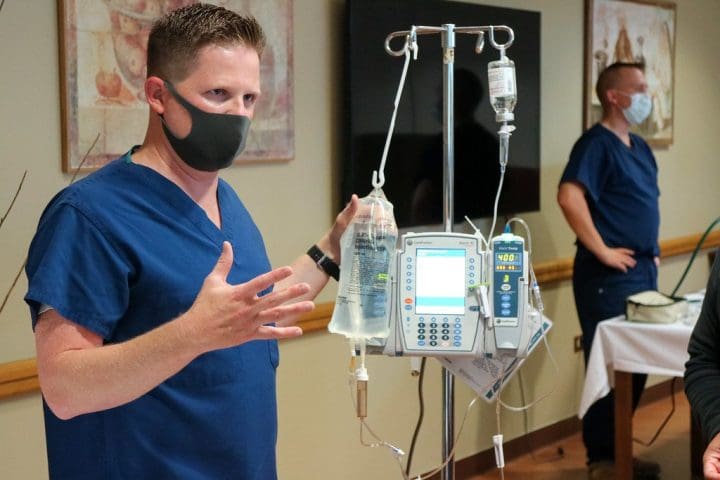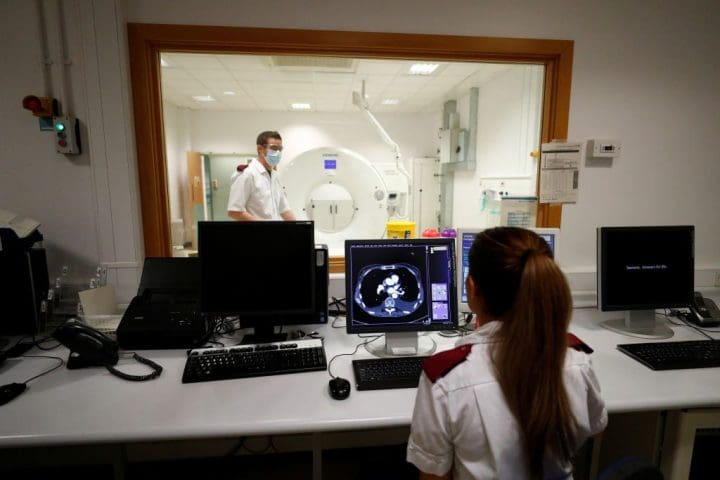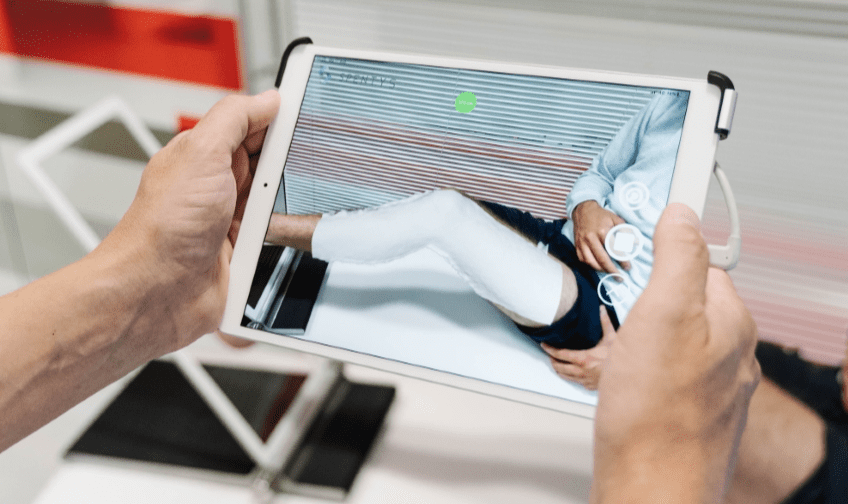IV pumps riskiest healthcare IoT, while 50% of medical devices hold critical flaws

More than half of hospitals’ connected medical devices and IoT platforms operate with a known critical vulnerability, with the greatest risks found in IV pumps, according to a recent report from Cynerio.Medical device security risks are well known in the healthcare sector. The complexity of… Source: www.scmagazine.com – Read more
Half of internet-connected devices in hospitals are vulnerable to hacks, report finds

Over half of internet-connected devices used in hospitals have a vulnerability that could put patient safety, confidential data, or the usability of a device at risk, according to a new report from the healthcare cybersecurity company Cynerio. The report analyzed data from over 10 million… Source: www.theverge.com – Read more
Cynerio Research Finds Critical Medical Device Risks Continue to Threaten Hospital Security and Patient Safety

Hospitals and health systems don’t need more data – they need advanced solutions that mitigate risks and empower them to fight back against cyber attacks, and as medical device security providers it’s time for all of us to step… Source: news.google.com – Read more
Healthcare Supply Chain Association Issues Guidance on Medical Device and Service Cybersecurity

Posted By HIPAA Journal on Dec 31, 2021 The Healthcare Supply Chain Association (HSCA) has issued guidance for healthcare delivery organizations, medical device manufacturers, and service suppliers on securing medical devices to make them more resilient to… Source: www.hipaajournal.com – Read more
Medical device security can’t be solved in healthcare: What’s ‘acceptable risk?’

Healthcare provider organizations face a highly unique challenge: operating patient-connected devices with known vulnerabilities and outdated technology. In any other sector, that kind of risk posture would seem unacceptable. But it’s the reality in healthcare — and a patient safety… Source: news.google.com – Read more
How to protect medical devices from hidden cybersecurity risks

[Image by Tumisu on Pixabay] Your software supply chain could be a cybersecurity risk. Here’s what you can do. Vince Arneja, GrammaTech The healthcare industry has been fighting a war on two fronts during the COVID-19 pandemic against the virus and an outbreak of cyberattacks. The Department… Source: www.medicaldesignandoutsourcing.com – Read more
Five new trends in healthcare cybersecurity

Five new trends in healthcare cybersecurity | Security Magazine … Source: www.securitymagazine.com – Read more
Medigate and CrowdStrike bolster IoT medical device security

Medigate and CrowdStrike have joined forces to provide integrated endpoint security for Internet of Things (IoT) medical devices.With more and more medical devices entering hospital networks, health care delivery organizations (HDOs) face the difficult challenge of ensuring visibility into… Source: www.itpro.co.uk – Read more
Secure by Design: Developing Cybersecure Medical devices

Medical devices are becoming increasingly connected to other devices, the Internet, or hospital networks to serve functions that improve healthcare and enhance treatment options. According to estimates, one in four medical devices is already connected to the Internet or hospital network. In… Source: www.mddionline.com – Read more
5 Steps to Secure Internet of Medical Things Devices

IoMT devices have unique vulnerabilities. Some use outdated operating systems with known vulnerabilities. As many as 83 percent of imaging devices, such as MRI and mammography machines, run unsupported operating systems, leaving them open to attack. Firmware also plays a role. A recent report by… Source: healthtechmagazine.net – Read more